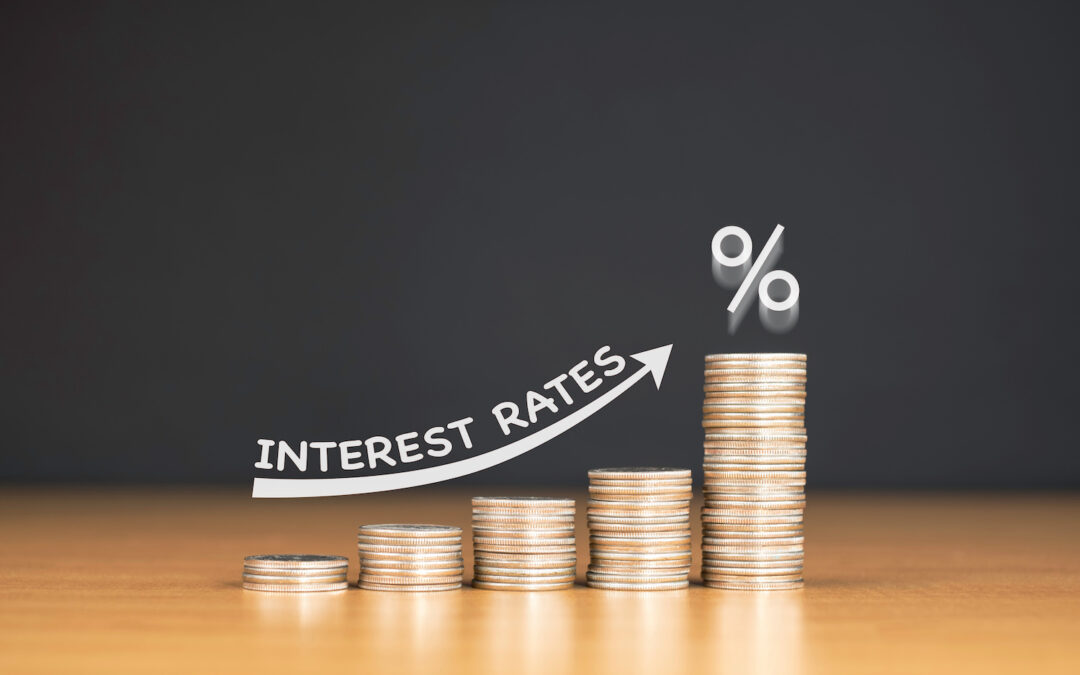Our article headlines last and this week both come with question marks reflecting the degree of uncertainty surrounding recent changes in economic numbers and changes in financial market sentiment in response. In early 2023 much of what was concerning in the late months of 2022 – high inflation underpinned in part by high energy prices; official central bank interest rates moving higher and staying higher for longer; recession fast approaching in Europe and not much further beyond in the US; and China’s growth rate floundering amid a raft of President Xi’s controls and restrictions – appears to have delayed, resolved or moved in to reversal. The global economic growth outlook looks brighter than it was a month or two ago and with lessening inflation.
Some of the positive changes have been surprises. The much warmer than expected European winter so far with reduced heating demand has taken some of the sting out of the global energy supply crisis leading to energy prices showing little of the huge increases anticipated and feared back in the 2022 northern summer and autumn.
President Xi’s about face on China’s Covid lockdown restrictions plus easing of policies previously hurting a range of China’s industries from hi tech to property development have also come as positive surprises and if the changes are maintained, it is reasonable to expect stronger Chinese economic growth ahead.
These surprise changes related to Europe’s warm weather and China’s policy machinations can surprise again and go in to reverse, but for the time being they are holding on the positive side for global growth prospects.
High inflation peaking and starting to come down is welcome, but not surprising. At some point current monthly and quarterly inflation readings were bound to start coming in consistently lower than the readings for same month 12 months earlier when global supply chains were still mostly clogged up and running in to global demand leaping ahead as countries started loosening covid-lockdown restrictions. This moderation in annual inflation has been under way for six months in the US and has started in Europe.
The reduction in US annual CPI inflation has accelerated in November and December taking the rate down from 7.7% y-o-y in October to 6.5% in December leading some forecasters to extrapolate the inflation reduction through 2023 and view the possibility of US inflation reduction to the Federal Reserve’s 2% target by the end of the year. This optimistic US inflation view is at odds with current thinking among senior US Federal Reserve officials, including Chairman Jerome Powell. At this stage, the Fed still views the US labour market as far too tight to allow wage growth consistent with inflation getting down to 2% and staying there much before 2025.
The US Federal Reserve is still promising to stay the course to get inflation down to target 2% but it is still a long course ahead. The tight US labour market means that the Fed funds rate still needs to rise more and stay higher for longer.
Turning to Australia, annual inflation is still rising with the base effect yet to kick in. The Q4 CPI out on Wednesday is expected to show a quarter-on-quarter CPI inflation increase around 1.6% (it was 1.3% in Q4 2021) taking annual inflation up to 7.5% y-o-y from 7.3% in Q3. That may prove to be the peak annual inflation rate with the Q1 2023 CPI likely to show a quarterly rise much less than the 2.1% q-o-q increase in Q1 2022.
While Australian annual inflation may start coming down soon, the high annual inflation reading likely for Q4 reading week obliges the RBA to deliver another 25bps rate hike at its first policy meeting for 2023 in early February. Beyond February the RBA can look forward to a declining annual inflation rate. Whether that is enough to prevent more rate hikes beyond February will depend mostly on labour market indicators and what they imply for how much inflation may moderate.
Australia’s labour market is still very tight, although perhaps not quite as tight as it has been according to the December labour force report showing employment down 14,600 and the unemployment rate steady at 3.5%. The January labour force report and Q4 wage price index, both out in mid-February will influence whether the RBA needs to hike again at its March policy meeting.
If the readings show January employment at less than a 20,000 gain with the unemployment rate no lower than 3.5% and with annual wage growth 3.5% y-o-y or less the RBA can look with some confidence to annual inflation not only moderating on base effect through 2023, but staying down beyond. Anything stronger for the labour force and wage price index readings on the other hand increases the likelihood of a stickier and higher inflation outlook.
Whether the RBA can pause after the expected February rate hike is highly dependant on evidence of a cooling labour market.
Financial markets are starting to view the current central bank rate hiking cycle as almost complete. That view could be correct, but it needs central banks to start talking less about the tightness of labour markets and the long haul reducing inflation to target and more about the evidence of falling inflation and weakening economic activity. Central banks – certainly the US Fed and the RBA – are not on that page just yet.

